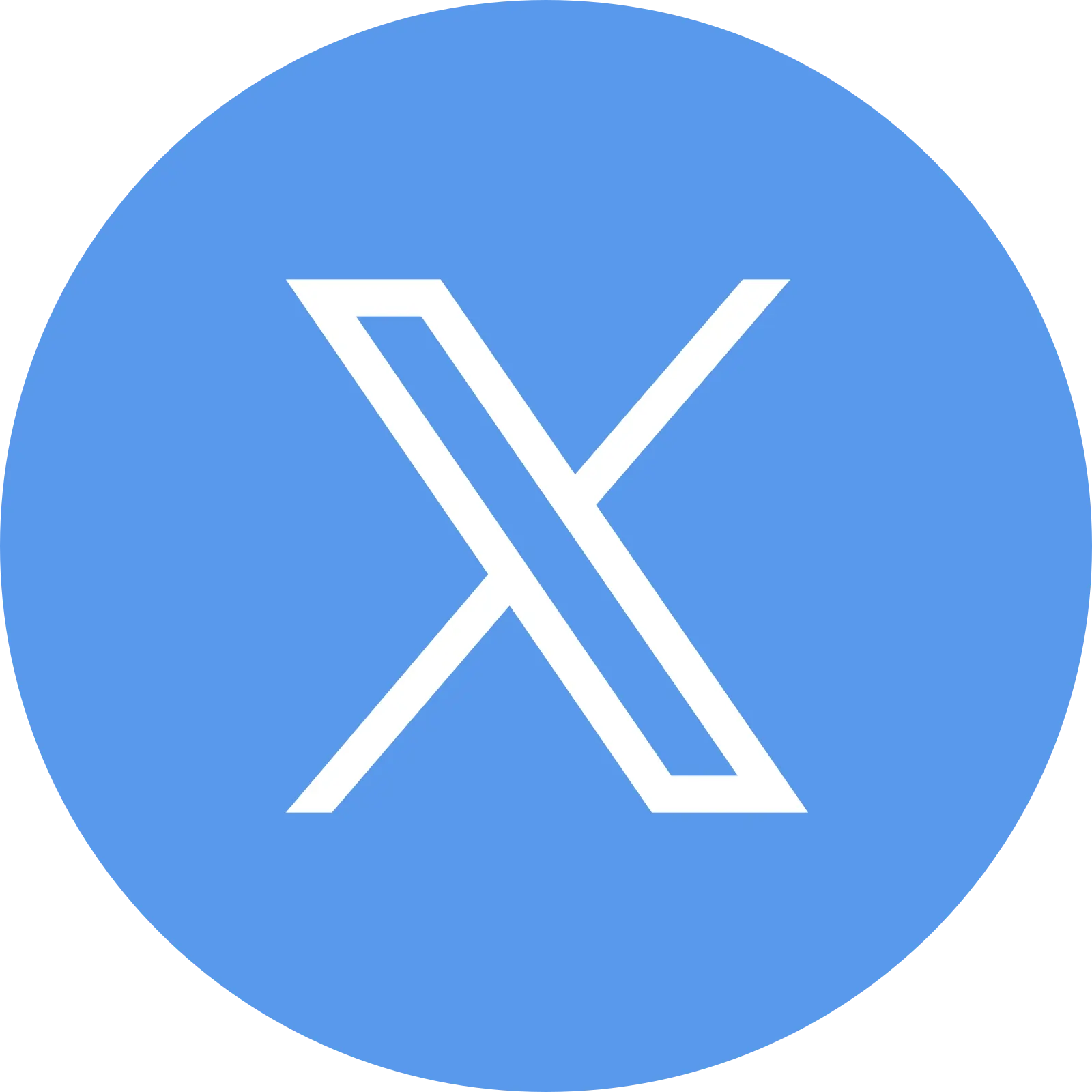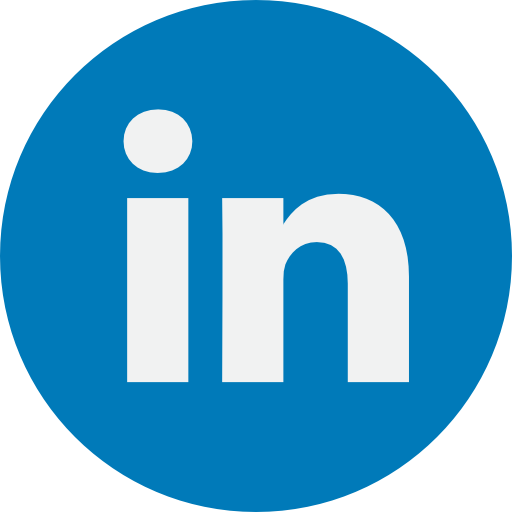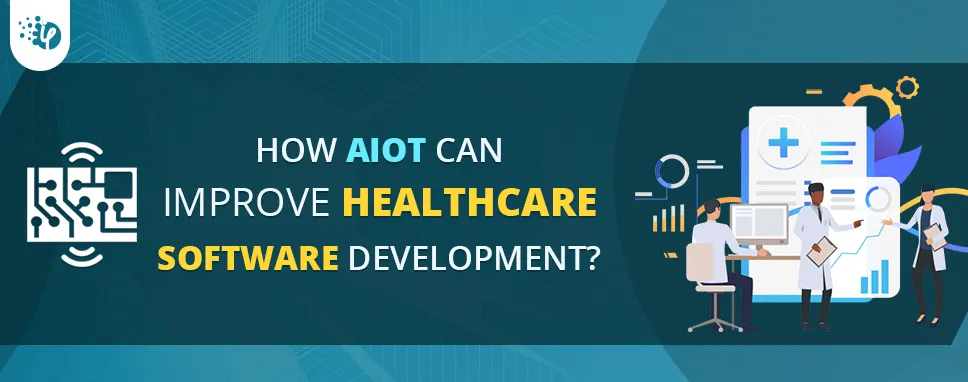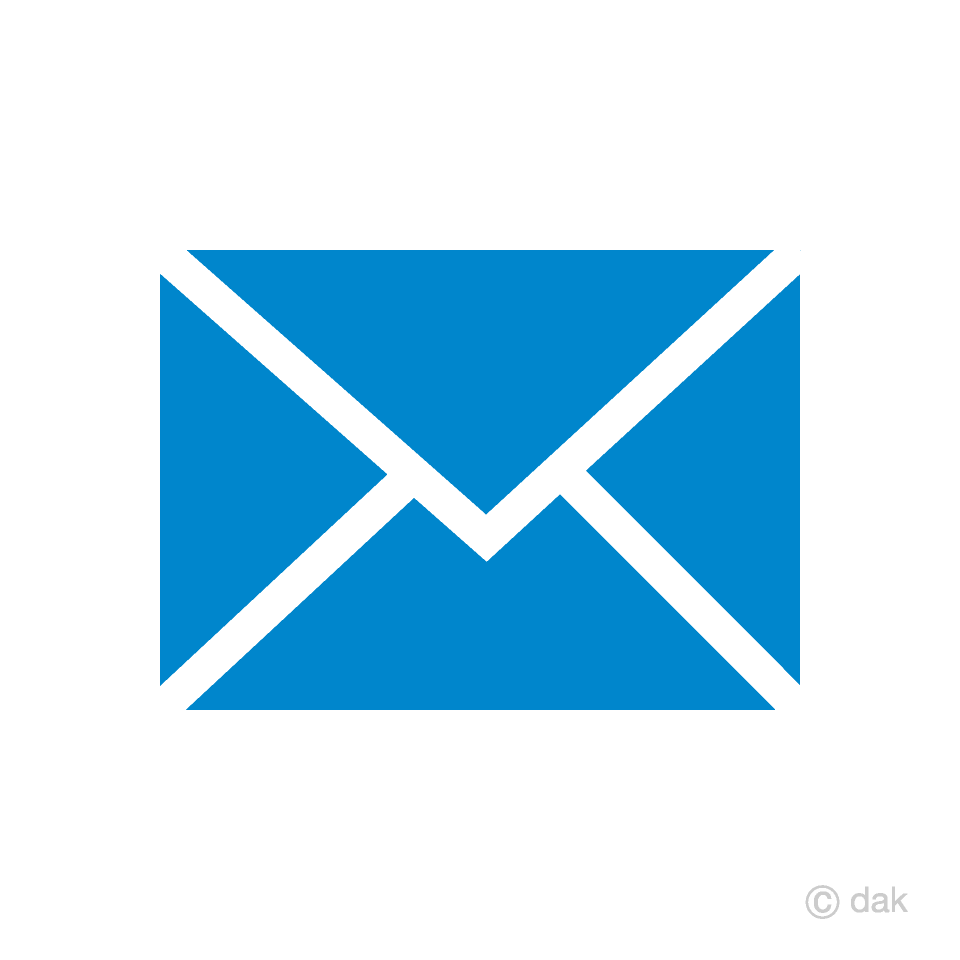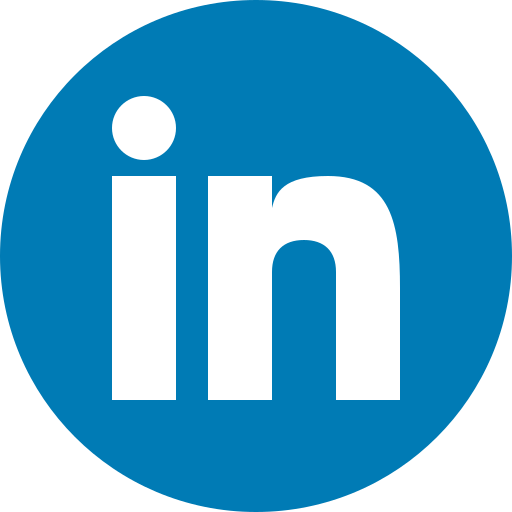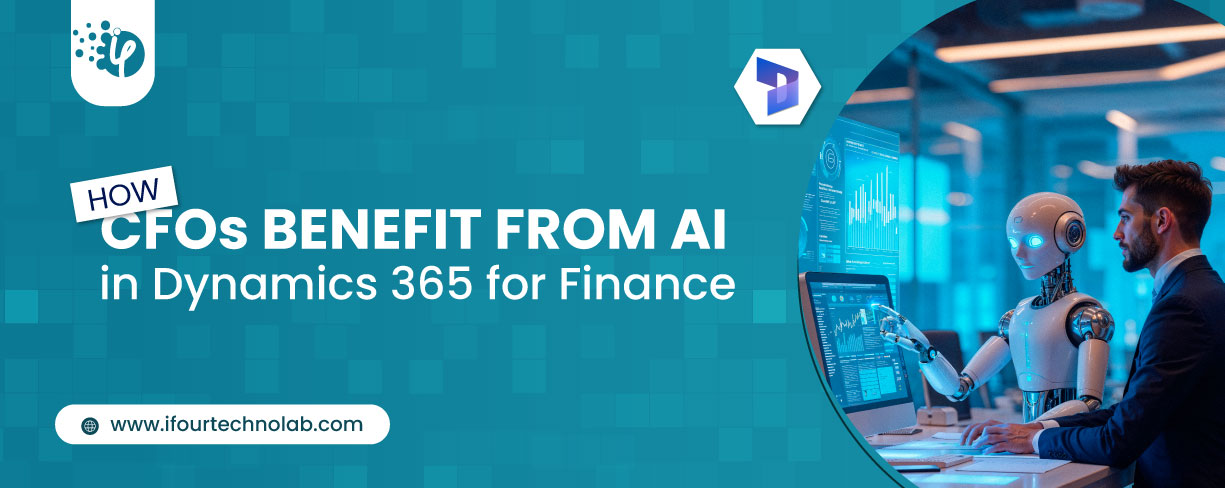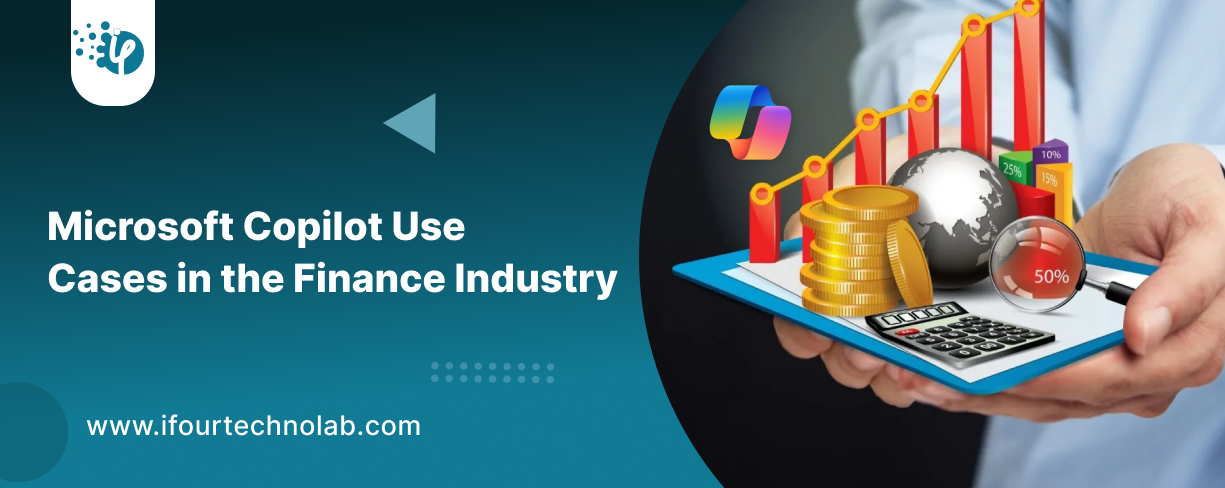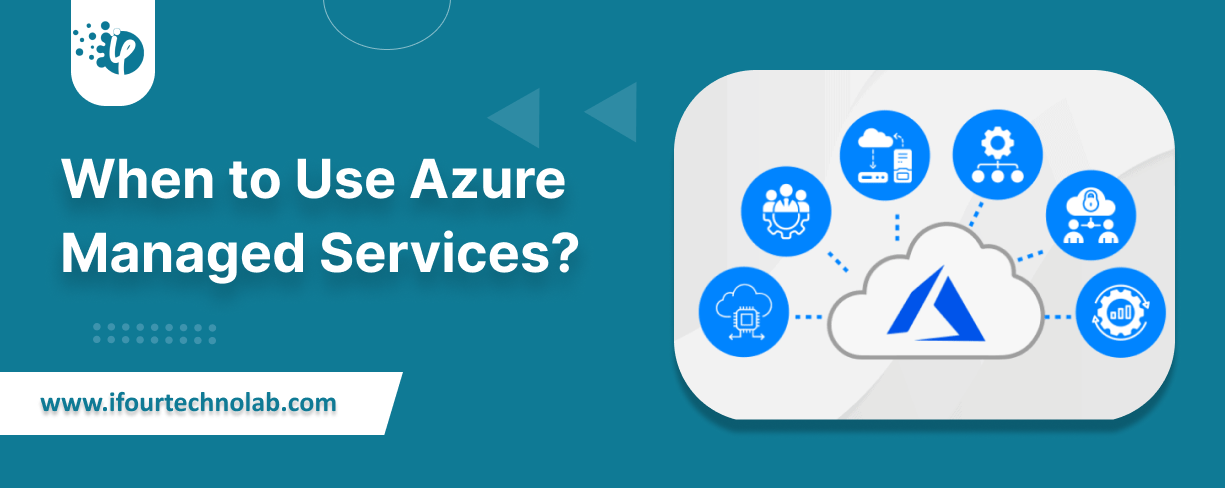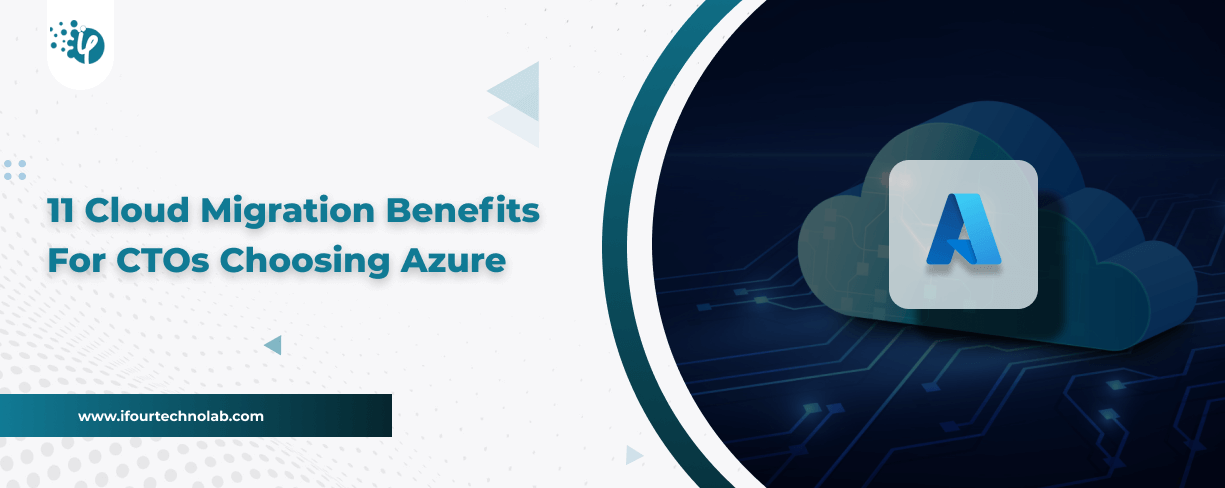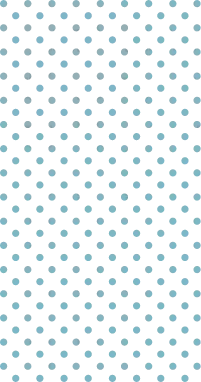How AIoT can help software developers improve software development?
AIoT (Artificial Intelligence of Things) refers to the integration of artificial intelligence (AI) and the Internet of Things (IoT). AIoT can help software developers improve custom software development in several ways:
- omation
- Data Analysis
- Predictive maintenance
- Enhanced security
- Improved communication
Let's take a closer look at each of these.
1. Automation: AIoT systems can automate certain tasks, such as testing and debugging, which can save time and reduce the workload for developers.
2. Data analysis: AIoT systems can collect and analyze large amounts of data, providing developers with insights and trends that can help them make more informed decisions about how to improve their software.
3. Predictive maintenance: AIoT systems can predict when a device or system is likely to fail, allowing developers to proactively address potential issues before they occur.
4. Enhanced security: AIoT systems can improve security by detecting and preventing cyber-attacks and other security threats.
5. Improved communication: AIoT systems can facilitate better communication between developers, clients, and other stakeholders by providing real-time updates and alerts
To put it in broad terms, AIoT can help software developers improve the efficiency, effectiveness, and security of their software development processes.
Let's take a deeper look at what the top Healthcare experts have to say regarding AIoT applications.
Collects real-time data and detects patterns
AI and IoT have helped in diagnostics, as well as collecting and analyzing data. Robots have been a part of the healthcare industry for many years. Adding advances in AI to already existing technology will only continue to increase efficacy. What started as tech that assisted doctors in procedures can now complete those procedures completely on their own. The same can be said for custom software development. AI and IoT can help to deliver a better experience for patients in the healthcare system, providing more accurate diagnostics, better data analysis, and even predicting future conditions.
- Daivat Dholakia, VP of Operations, Essenvia
Predictive models to estimate future patient healthcare needs
The healthcare industry is under constant pressure to improve patient outcomes while reducing costs. In response, many healthcare organizations are turning to artificial intelligence (AI) and the Internet of Things (IoT) to help them achieve these goals.
AI can be used in a number of ways to help healthcare organizations improve patient care. For example, AI can be used to analyze large data sets to identify trends and patterns that could lead to better treatment methods. AI can also be used to develop predictive models that can help clinicians forecast a patient's future health needs.
Meanwhile, the IoT can be used to create a more connected and efficient healthcare system. For example, IoT-enabled devices can be used to collect real-time data from patients that can then be analyzed by AI algorithms. This data can be used to improve the accuracy of diagnoses, monitor patients remotely, and even predict potentially dangerous health events before they occur.
By harnessing the power of AI and IoT, healthcare organizations can become more efficient and effective at providing care. As these technologies continue to evolve, it is likely that their impact on healthcare will only grow.
Provides a variety of research options and saves costs
Through AIoT, the Healthcare industry has the potential to make enormous progress in terms of efficiency, affordability, and utility since it will expose a series of research options that could lead to an extensive cost reduction. The same goes for AIoT-focused instructions that guarantee that advancements produce more advantages than disadvantages. Even though the IoT concept opens the Healthcare system to several benefits, it still needs lots of monitoring.
Quick data retrieval that might save a life
IoT can play a vital role in the sectors of pharmacies, insurance practices, and emergency care. Interaction can be done with the help of Healthcare Software Development, and necessary processes can be carried out to deliver timely aid or even save a life. IoT devices can produce rational decisions like contacting the healthcare facility if a patient needs help in an emergency. Moreover, the IoT-equipped device would fetch the crucial message to the cloud, making it easy for doctors to work on it.
- Kurt Uhlir, Chief Marketing Officer at Kurtuhlir
Healthcare software development has benefited most from AIoT in the realm of patient care and remote monitoring systems. Machine learning has seen great improvements in wearable monitoring technology since it can take real-time input and detect patterns leading to more informed data and outcomes.
Improved care for persons living in distant and rural locations
Healthcare specialists explored the AI-based Internet of Things (IoT), smart devices, and other medical technologies (AIoT). In order to provide better care for those who live in remote and rural areas, linking the two areas makes sense. Due to new research choices and significant cost reductions, the healthcare sector has made enormous achievements in efficiency, affordability, and usefulness. It may be possible to monitor non-critical patients remotely from home, ideally at a hospital, reducing the need for hospital resources like beds and surgeons. This could be used to increase senior citizens' freedom to receive healthcare while living independently.

